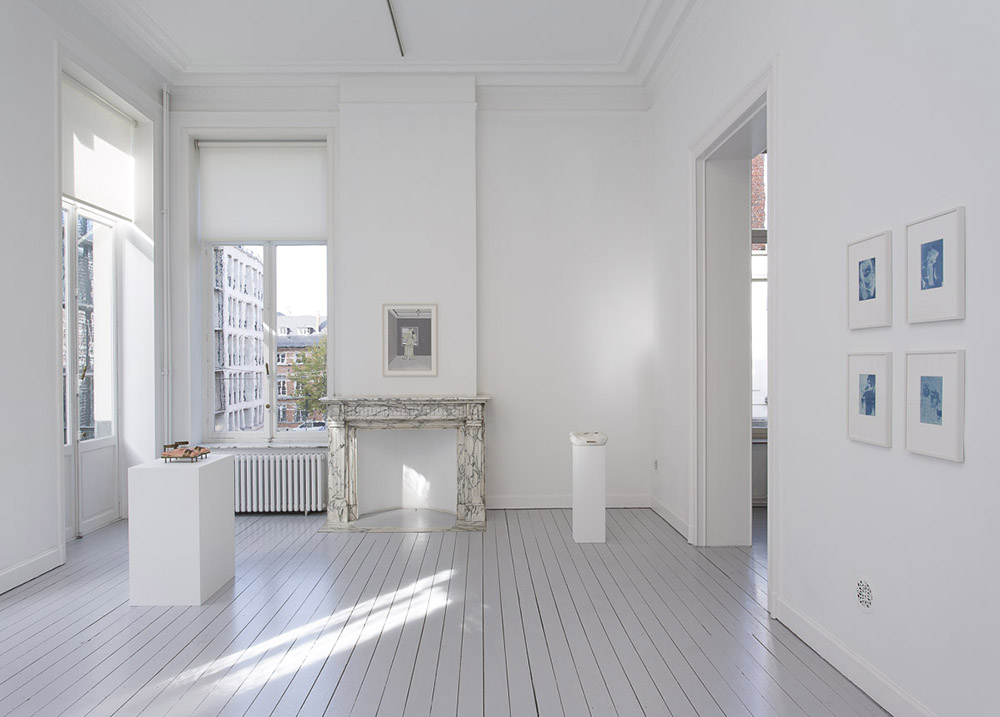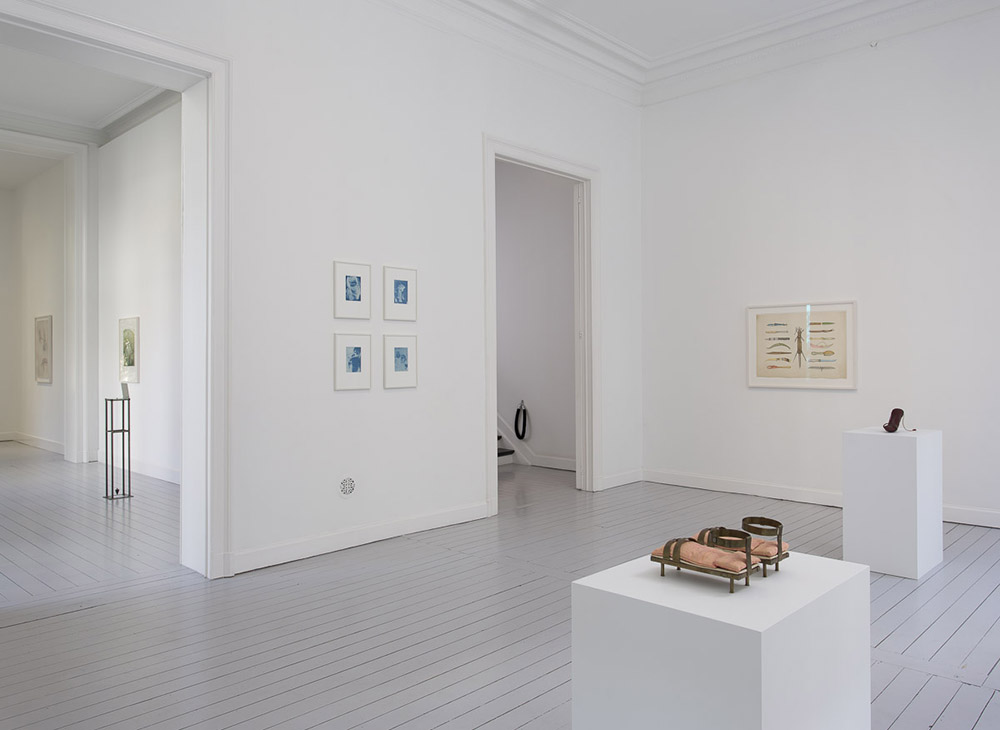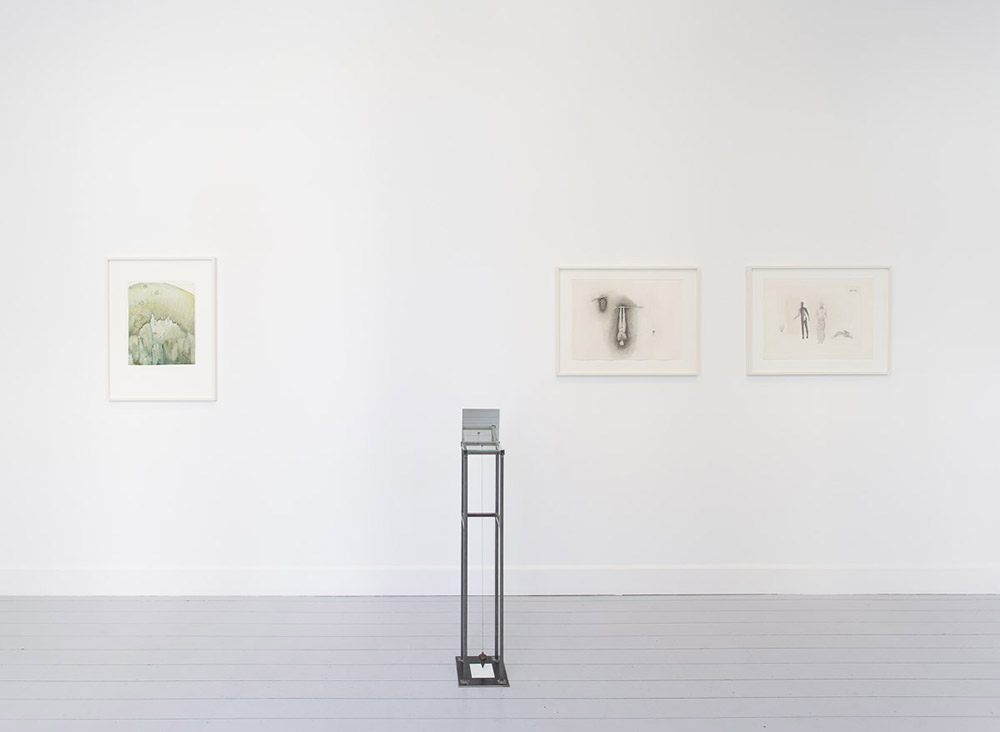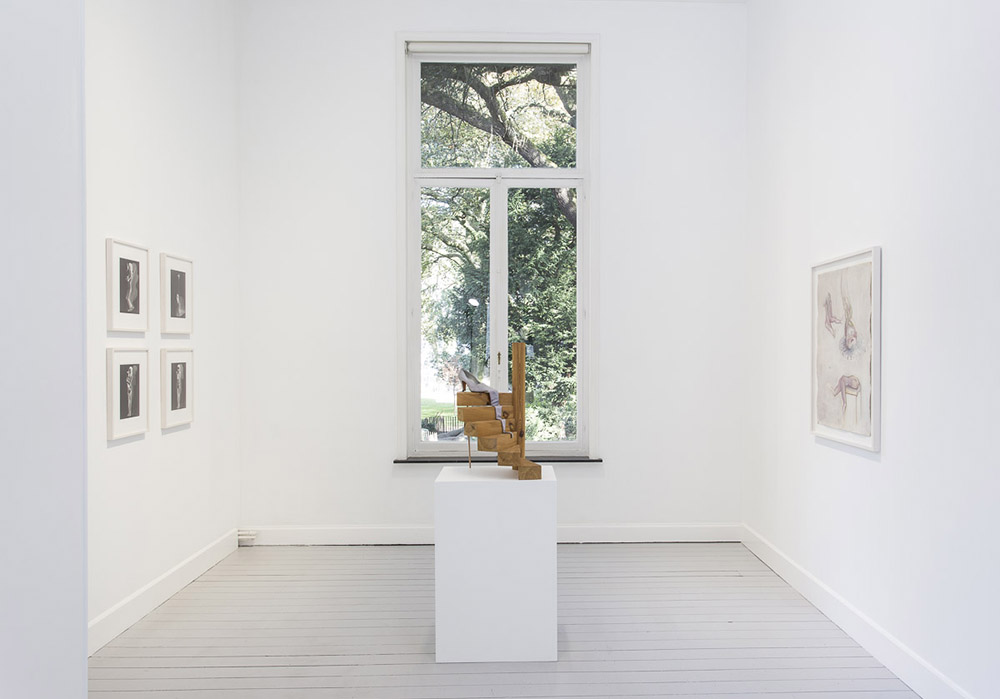ART-PRESENTATION: Birgit Jürgenssen
 Born and educated in Vienna, Birgit Jürgenssen died prematurely at the age of fifty-four. Her artwork received scant attention during her lifetime; however, recent have begun to spread awareness of the depth and breadth of Jürgenssen’s artistic achievement. Growing up in the era of über-expressionist Viennese Actionism and coming of age in a conservative, male-dominated Viennese art world, Jürgenssen developed an extraordinarily rich private studio practice that encompassed drawing, performance, photography, and sculpture.
Born and educated in Vienna, Birgit Jürgenssen died prematurely at the age of fifty-four. Her artwork received scant attention during her lifetime; however, recent have begun to spread awareness of the depth and breadth of Jürgenssen’s artistic achievement. Growing up in the era of über-expressionist Viennese Actionism and coming of age in a conservative, male-dominated Viennese art world, Jürgenssen developed an extraordinarily rich private studio practice that encompassed drawing, performance, photography, and sculpture.
By Efi Michalarou
Photo: Gladstone Gallery Archive
An exhibition of Birgit Jürgenssen’s works, featuring drawings and sculptures from the 1970s and 80s is on presentation at Gladstone Gallery in Brussels. In the 1970s, two exceptional artists in Austria, Valie Export and Birgit Jürgenssen, began to undermine cultural constructions of femininity using their bodies as screens on which to project cultural codes and their critique of these codes. In razor-sharp images (both photographs and drawings) Birgit Jürgenssen deconstructed the prevailing restrictive cultural and social conditioning of women, the systematic and automatic mechanisms for repressing women. Her practice explores the representation of women’s psychic lives as refracted by the dominant systems of labor and commodity. These works illustrate not only the facility with which Jürgenssen engaged with various media, but also exemplify her rigorous commitment to conflating Structuralism and feminist critique with the visual markers of Surrealism. From 1968 to 1971, Birgit Jürgenssen studied at the University for Applied Arts in Vienna. She taught there under Maria Lassnig, later at the Academy of Fine Arts under Arnulf Rainer, and, last of all, in Peter Kogler’s media class. She earned her first success in 1975, when Valie Export chose her to take part in the exhibition “MAGNA-Feminismus: Kunst und Kreativität”, in Vienna, where she showed “Hausfrauen-Küchenschürze”, an apron in the shape of a stove (plates and oven). She took an active part in discussions about gender theories, became a lecturer in the classes given by Maria Lassnig and then Arnulf Rainer between 1980 and 1997. Her artistic activity, consisting of drawings, watercolours, collages, photographs, paintings, and sculptures, was very prolific. In her early works, produced between 1974 and 1976, Jürgenssen described the drama of the imprisoned housewife, blending with the objects which she uses every day, but she then depicted a woman who gradually camouflaged herself, wearing furs, masks, and disguises, as if reduced to a fetish, toppling over into an animal world governed by survival instincts. Masked to the point of no longer being able to talk or even breathe, often weeping while displaying a smile, this woman symbolized all the violence that society inflicted upon her. The artist often used her own body to make this criticism of the social and cultural mechanisms responsible for the female condition. Her ironical approach helped her to produce pieces far removed from certain rigid forms of feminism. Her work was reliant on Freudian thinking and certain Surrealist artists such as Meret Oppenheim, in particular her grotesque, fantastic, poetic series of shoes made between 1972 and 1979 in the form of drawings, sculptures, and even furniture. By choosing that theme, she explored and analyzed the fetishism attaching to the representation of femininity in its supreme stereotype.
Info: Gladstone Gallery, 12 Rue de Grand Cerf, Brussels, Duration: 23/10-22/12/18, Days & Hours: Tue-Fri 10:00-18:00, Sat 12:00-18:00, https://gladstonegallery.com





